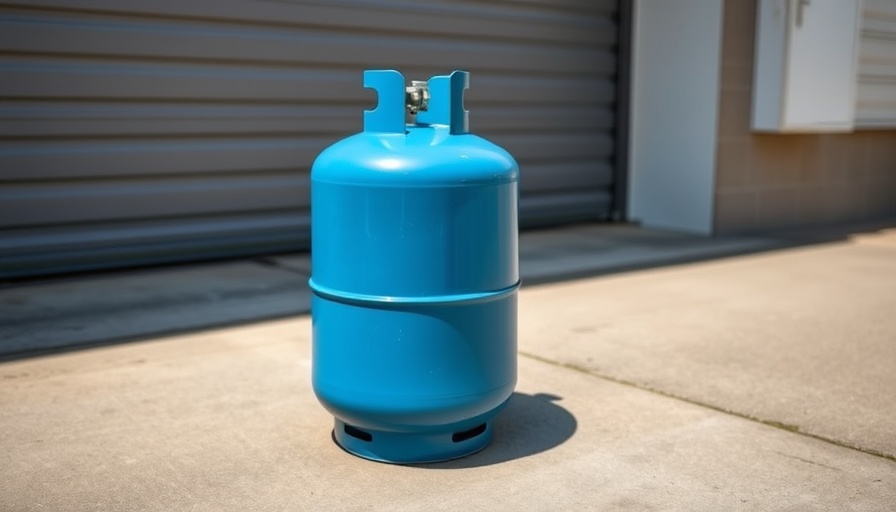
Understanding Garage Storage Risks in Winter
As winter approaches, many homeowners in Southeast Michigan begin to prepare for the cold months by organizing their garages. While it may seem like a perfect solution to store everything in this space, caution is necessary. It’s wise to think of your garage as an unheated shed. If you wouldn't leave an item outside in frigid January temperatures, reconsider storing it in the garage. Components like humidity and fluctuating temperatures can have detrimental effects on many common household items.
What Not to Store: The Key Items
Experts have identified several everyday items that should never be stored in garages during winter. Let's explore some of these to safeguard your belongings and maintain safety:
- Propane Tanks: These should be stored outside in an upright position. Storing propane tanks indoors is a fire hazard and can lead to dangerous gas leaks.
- Gasoline and Diesel: Don’t let the cold weather fool you—fuel can be volatile. It absorbs moisture, leading to degradation. Instead, drain your fuel-powered tools before winter or keep gasoline in a metal container stored properly away from fluctuations in temperature.
- Paint and Solvents: Cold temperatures can thicken and destabilize paint. To avoid disappointment, consider moving these items to a controlled climate, like your basement.
- Cleaning Chemicals: Fluctuating temperatures may cause these to degrade, leak, or rust. Store them in a well-ventilated area inside your home.
Emergency Gear: What to Keep Handy
While there are many items to avoid, it’s important to prepare for winter emergencies. Have snow shovels, salt, and emergency supplies accessible in your garage, ensuring you can navigate smoothly during inclement weather. A well-prepped emergency kit in your vehicle including blankets, food, and water can be lifesaving in the rare event you get stranded.
Future-Proof Your Garage
Preparing your garage for winter isn’t just about what to remove from it; it’s also about maximizing its use. Consider investing in garage organization solutions, like adjustable shelves and floor coatings that can make your garage more useful year-round. Not only will this optimize space for parking your vehicles during snowy conditions, but it also streams lines your daily tasks.
Conclusion: Take the Right Steps
In winter, your garage can be more than just storage; it can be a sanctuary for your belongings and vehicles. By recognizing and removing the items that can be damaged by cold or could pose safety hazards, you can make the most out of your garage space. Consider the current state of your garage, and take the steps needed to weatherproof it against the cold. Remember, properly preparing can save you from expensive repairs come spring!
For additional safety measures this winter, plan to inspect not just your garage, but your entire home. Are you ready for winter?
 Add Row
Add Row  Add
Add 




Write A Comment